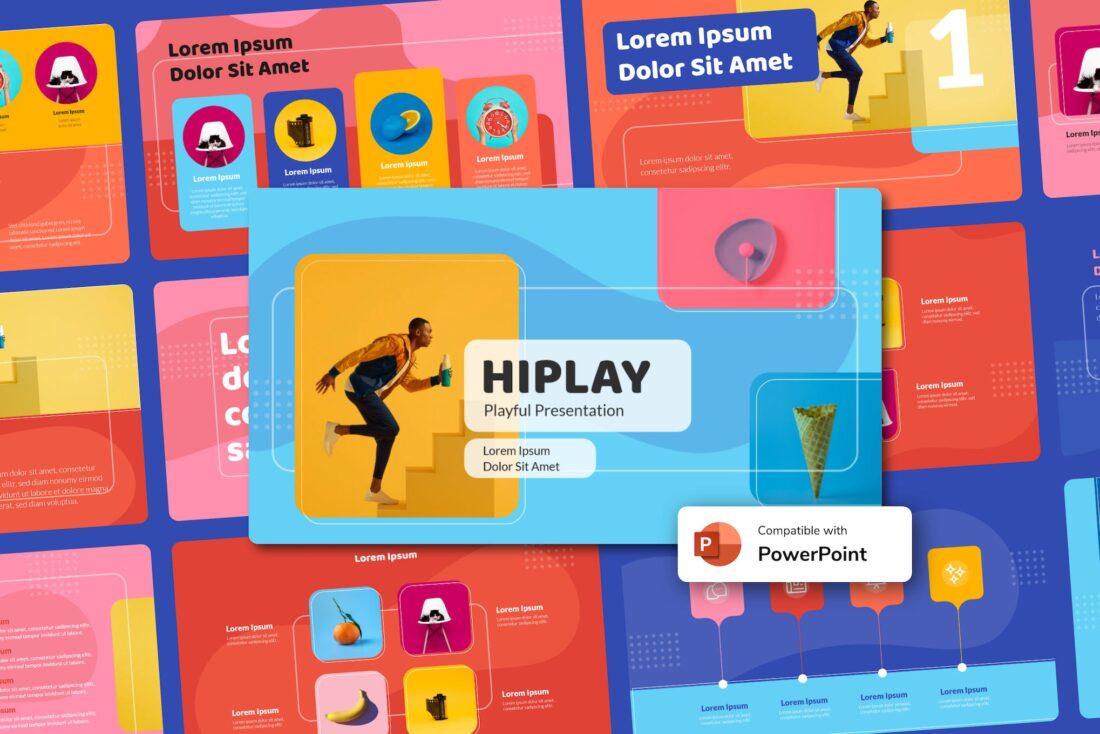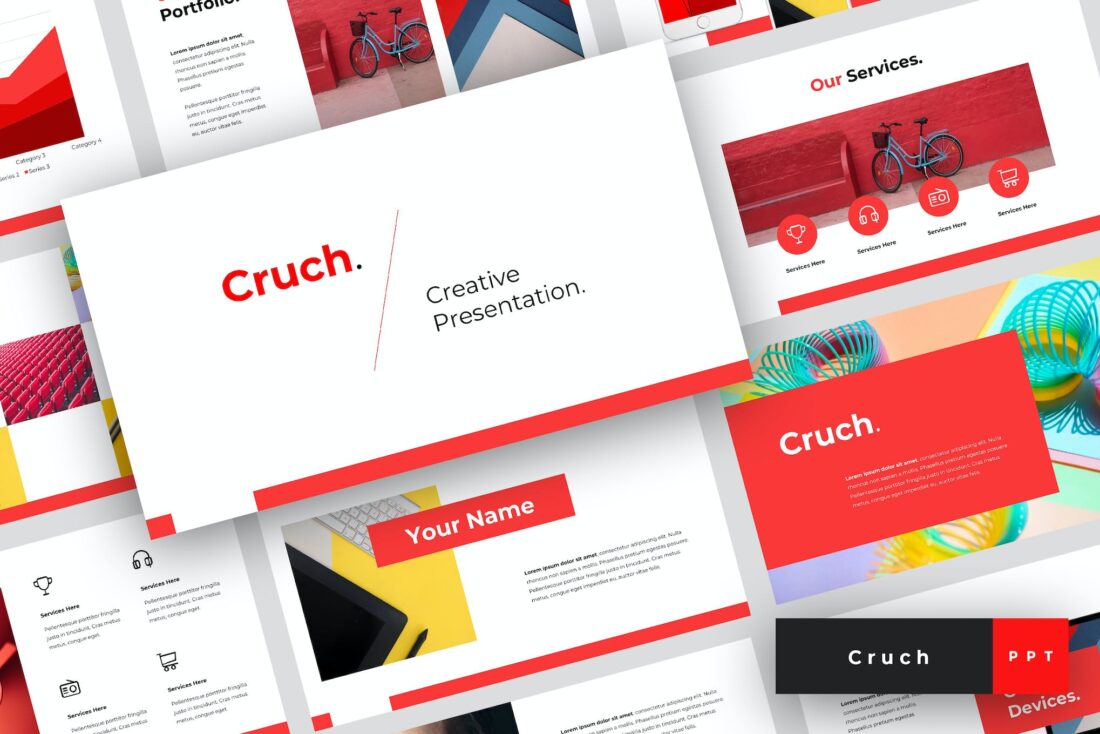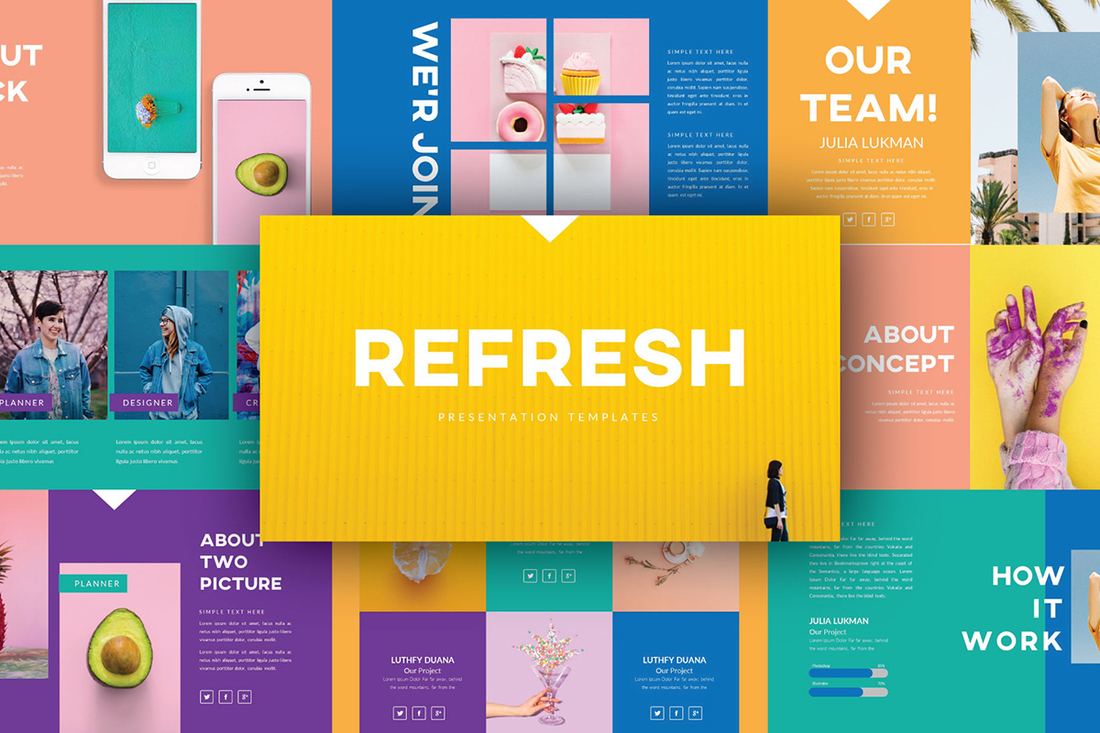Giving a Fun Presentation: 10 Tips for Engaging Your Audience
We analyzed some of the best speakers in the world and watched a bunch of TED talks to figure out what makes presentations fun and engaging. Here’s what we’ve found.
Delivering a presentation is always a scary experience. No matter how many times you’ve given a speech, when you get up on that stage or stand in front of your team, it will always feel like the first time.
The key to feeling less anxious and more confident is preparation. Even the most skilled public speakers practice their speeches over and over again. That’s how they master their craft.
So, what can you do to practice your presentation? How can you give a fun presentation that keeps your audience on the edge of their seats?
Let’s find out.
1. Know Your Audience
If there’s just one thing you can focus on when delivering a presentation, it should be knowing your audience.
Take a standup comedian, for example. When they go to a different city or a country to do a gig, they take the time to learn about the location, culture, as well as likes and dislikes of the people in this area. That’s how they come up with jokes that truly engage with the audience, no matter where they go.
Russell Peters is a master of this technique. Instead of speaking to the entire crowd, he connects with individuals and finds a way to make his jokes relevant to everyone in the crowd.
The same can be said about giving a business, motivational, sales, or any other type of presentation. You should understand your audience to know what they are expecting from you. Knowing this will instantly make your presentation ten times better and more engaging.
2. Grab The Attention With A Killer Opener
“Open with a joke” is the most common advice you hear when talking about giving presentations and public speaking. Well, it works!
Watch how Seth Godin, renowned author and entrepreneur, delivers a killer opener for this presentation at Nordic Business Forum in Finland.
Seth does three things in this opener. First, he makes a joke. Second, he makes that joke relevant to the audience by referencing Finland. And third, he encourages the audience to engage by clapping.
Seth also connects this joke quite well to the topic he’s talking about. And that’s very important. If you tell a random joke that’s not relevant, shifting to your speech will be much more difficult.
If you can open with a joke and it’s relevant and appropriate for your audience, go for it. If not, there are many other ways to deliver a great opener to grab the attention of the audience from the very beginning. Like telling a great story, which we’ll talk about next.
3. Tell An Interesting Story
Grabbing the attention of your audience is the easy part. The more difficult part is keeping them engaged and interested throughout the rest of the presentation.
Telling an interesting story is the best way to do this. When you tell a story, the audience basically turns into children listening to a bedtime story. They give you their undivided attention.
This is why it’s the perfect time to incorporate your key points into this story.
Watch how Simon Sinek, one of the most popular public speakers and authors in the world, turns his personal experiences into interesting stories to captivate the audience. Also, notice how he also opens with a joke.
4. Be Authentic
Confidence is everything when delivering a presentation. But being overconfident could also lead to boring and egotistical speeches.
If you’re truly confident in yourself, your knowledge, and your ability to deliver a presentation, your audience will find you much more interesting and genuine. It can only be achieved by being authentic.
Steve Jobs, the co-founder of Apple, is skilled at delivering authentic speeches. In this speech, he openly talks about the flaws and mistakes the company makes. And instead of bragging about how great Apple is, he praises a different brand. It not only makes his speech more real but also gives it more credibility.
5. Share An Anecdote, Or Two
Anecdotes are an effective way to engage with your audience. Mainly because these anecdotes often relate to everyday problems we have. And your audience loves it when they know you understand their pains and struggles.
Tony Fadell, the founder of Nest and one of the designers behind the iPod, shares a simple anecdote about the struggles of peeling off the sticker on fruit. It sounds too simple but the audience loves it.
Including one or two small and simple anecdotes in the middle of your presentation will make sure the audience stays engaged and it will keep them entertained.
6. Use Fun Images In The Slideshow
Of course, the design of your presentation is also very important. Every presentation needs an effective slideshow that’s also relevant to your topic. While it should include stats, graphs, and infographics, you should also try to make them look fun and entertaining.

One of the first things you should do is pick a fun PowerPoint template. You can also make sure the template has a design that’s relevant to current presentation design trends.
Author and university professor, Adam Grant uses lots of fun and creative images in his famous TED Talk on creativity. It includes cartoons, memes, stats, as well as real photos.
Then again, it’s crucial to remember the number 1 key point: You should only use images and visuals that are relevant to your audience.
7. Follow The 10/20/30 Rule
Have you ever sat through a meeting or a presentation that kept going on for hours? Or have you ever felt a bit worried when you see “1 of 80 slides” on the PowerPoint slideshow?

Scrolling through dozens of slides is never a good sign of an engaging presentation. It will only add clutter and confusion to your speech.
Expert speaker Guy Kawasaki introduced the 10/20/30 rule to help people avoid this problem. It basically recommends that you should only use no more than 10 slides in your slideshow. And deliver it in under 20 minutes. And use a 30-point font for typography.
It’s a good framework you can follow when creating a presentation. You don’t have to follow it to the letter. Just understanding the key point is enough to make a great presentation.
8. Engage With The Audience
Ask your audience to engage with you from time to time. Ask a question, get them to raise their hands, clap, or even have them do things like write things down or stand up.
This is a great way to make sure your audience stays engaged with you at all times. It will also ensure they listen to what you’re saying.
Tony Robbins is famous for doing this in his presentations. He always asks the audience to react and engage with him. Even encourage them to write things down. And he does it in a way without interfering with the overall experience of the audience.
9. Don’t Try To Act Smart
It doesn’t matter if you’re talking to a crowd of billionaire investors or high-school students. You should never try to act smart. When you try too hard to appear smart, it shows.
Watch how Elizabeth Gilbert, author of the best-selling novel Eat, Pray, Love, talk about her struggles as a writer while being authentic and genuine. And even though she’s a best-selling author, you’ll notice that she uses very simple and clear wording throughout her speech.
You don’t have to use dictionary words to sound smart. Sometimes, the best way to appear smart is to be humble and let your work do the talking for you.
10. Use The K.I.S.S. Method
Keep It Simple Stupid is a design principle you should try to follow in not just designing presentations but in almost every aspect of your life.
As Albert Einstein once said, “If you can’t explain it simply, you don’t understand it well enough.”

So try to keep your presentations short and stupidly simple. This is the only way to make your presentations more fun for the audience.
In Conclusion
Remember, you can’t master all these tactics and strategies in one night. It will take a lot of practice to be a great public speaker or deliver a killer presentation. Just keep including one or two of these methods in your presentations and you’ll get there in no time.
As a final note, we’ll leave with this TED talk by Richard Greene, an expert in public speaking. It includes 7 lessons he learned from the greatest speakers in the world.